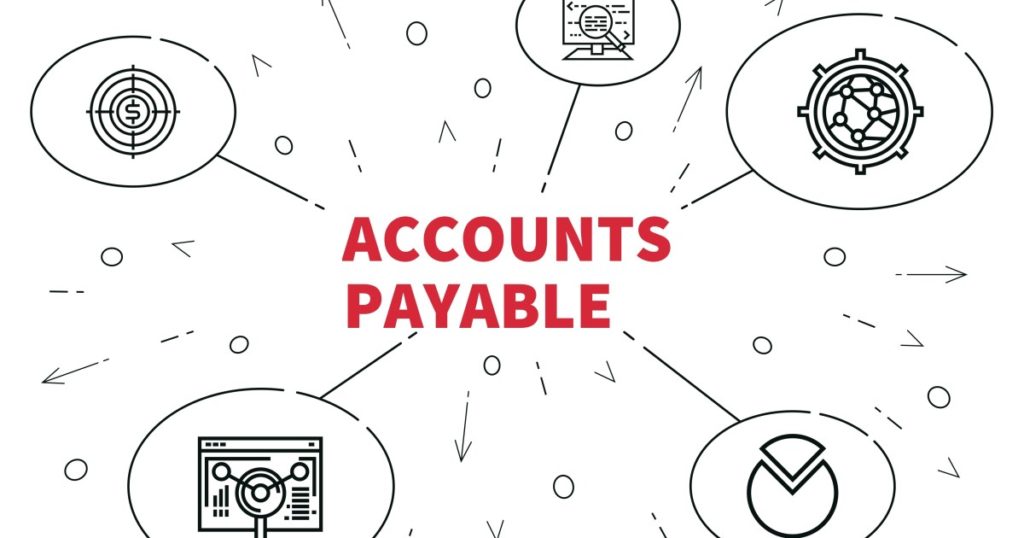Uncover financial synergies to increase working capital


To succeed in today’s disrupted business environment, finance teams need to consider all of their untapped sources of value. Thriving in highly changeable market conditions means finding new ways of operating.
When uncertainty reigns, flexibility and responsiveness are vital. That makes maximizing working capital a top priority. Businesses need to ensure they have as much cash on hand as possible to fund day-to-day business operations like buying raw materials and services, meeting payroll — even paying the electricity bill.
But improving liquidity isn’t as easy as it sounds. Sustaining consistent cash flow to offset expenses and support strategic investments is vital for healthy operations. Even in regular times, however, common organizational challenges can get in the way.
Competing objectives, budget limitations and the need to secure buy-in across departments can all stop change in its tracks. Through economic disruption, it’s even more critical for finance teams to have a clear view of, and control over, the company’s working capital. So how do you achieve this?
Hidden efficiencies waiting to be unlocked
Many companies are unknowingly sitting on synergies that can add value to their bottom lines quickly. There are three ways to uncover them:
1. Undertake a recovery audit to review all accounts payable transactions and identify incorrect payments and unreconciled amounts on statements that are due back to you.
2. Optimize days payable outstanding (DPO) with a detailed review of actual payments vs. the agreed contract terms with suppliers, followed by modeling to explore how you can increase working capital.
3. Implement a contract compliance program where audits of selected suppliers are conducted to identify overcharges relating to contract terms and conditions.
The link across all three is the foundational data collected during the accounts payable review. With that in hand, businesses can identify new opportunities to recoup losses, reduce costs and operate more efficiently.
Digging into the numbers can reveal risks and points of leakage in the disbursement processes to specific suppliers. It can also help you assess how diligent current payment processes are and help evaluate how closely vendors are complying with contract terms.
The short-term impacts will be improved cash flow and liquidity. But companies are seeing broader benefits as well, making process improvements that can stop leakage before it happens.
Blending data with human expertise
It’s no secret that one of the primary goals in today’s business landscape is to boost working capital and increase cash on hand. By implementing a self-funding program combining elements of recovery audit and contract compliance, businesses can leverage data to mitigate risk and reduce costs, bringing more value back to their bottom line.
There are notable success factors for improving access to working capital. Vendor relationships can be critical to the business, and all have to be managed with care, so stakeholder alignment is crucial. Data availability is also vital.
But relying on automated systems alone is a mistake. The insight and experience skilled consultants can provide — coupled with data — is an essential combination.
By uncovering risks and sources of leakage across the source-to-pay cycle, businesses can find the fastest path to value. You must have a provider with extensive experience in launching large complex programs where results are required quickly without disrupting critical business activities.

